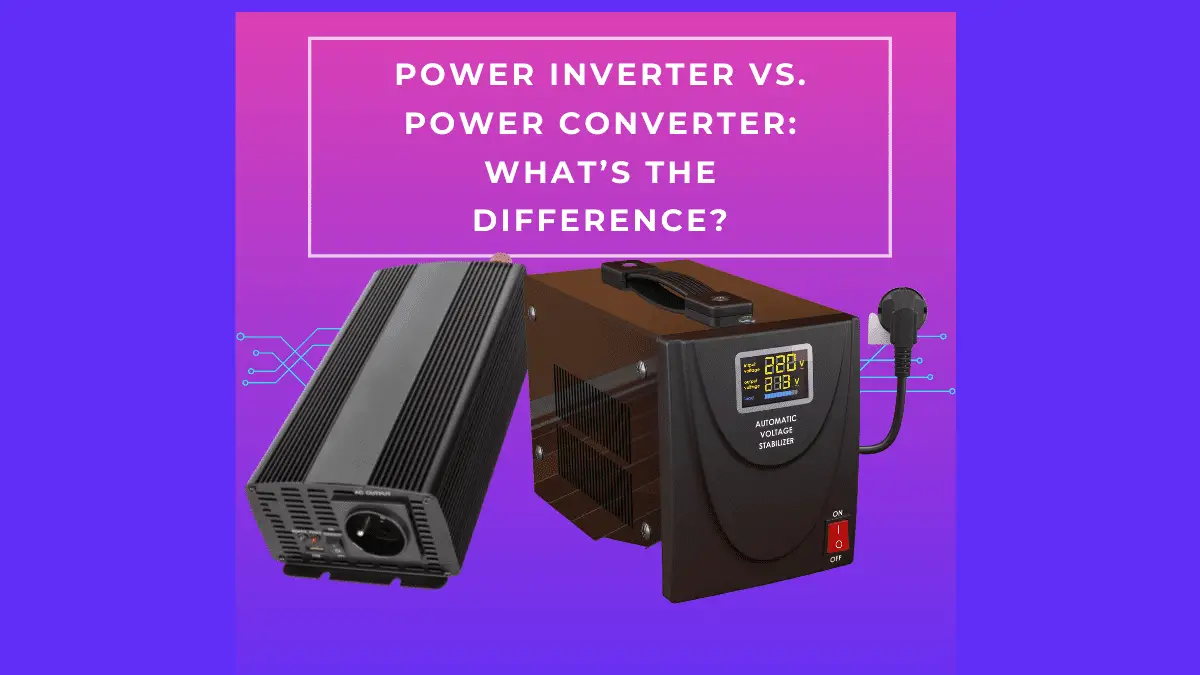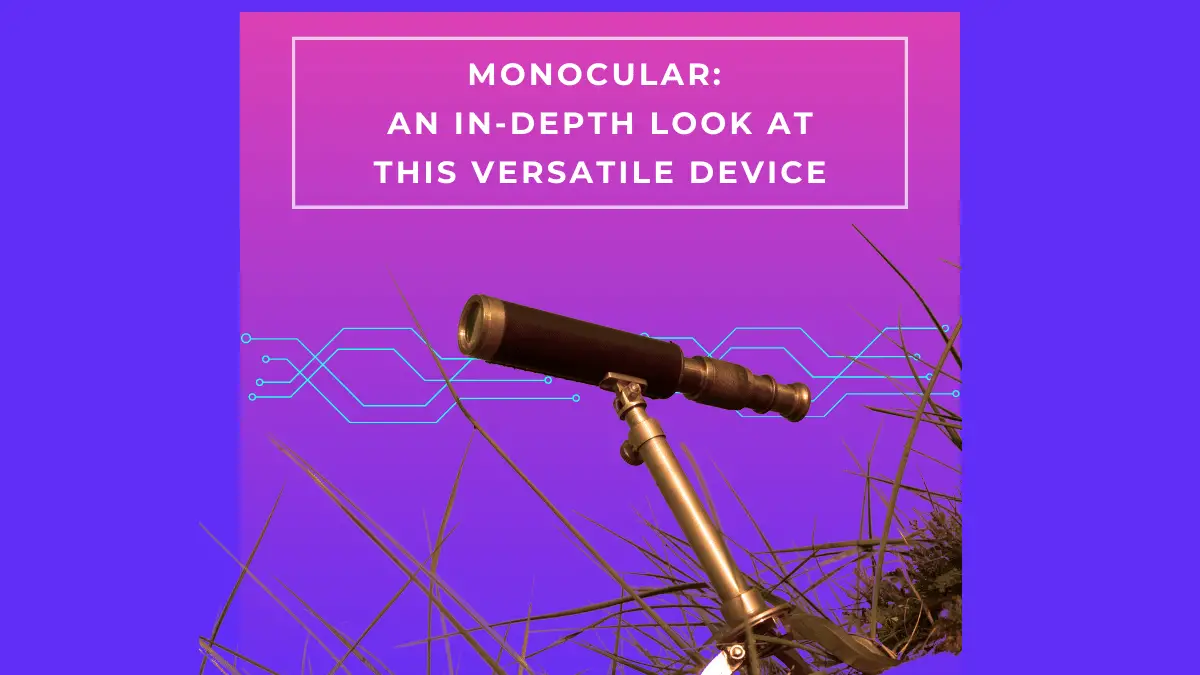Do you know the difference between a power inverter and a power converter? If not, don’t worry! We’re here to help. In this blog post, we will discuss the differences between these two types of devices and help you decide which one is right for you.
Power inverters and power converters both have the same goal: to convert one type of electrical energy into another. However, they do this in different ways and serve different purposes. Let’s take a closer look at each one.
What are Power Inverters?
A power inverter converts direct current (DC) into alternating current (AC). This is important for devices that run on AC power, such as televisions and microwaves.
What are Power Converters?
A power converter, on the other hand, converts AC into DC. This is important for devices that run on batteries or solar panels, which typically provide DC power.
So, which device do you need?
If you need to convert AC to DC, you need a power converter. If you need to convert DC to AC, then you need a power inverter.
For example: let’s say you want to charge your phone while camping. You might use a solar panel to generate DC electricity and then connect it to an inverter via the cigarette lighter in your car or truck. The inverter would convert the DC current into AC so that it can be used by your phone charger (which requires AC). This scenario illustrates why both types of devices are needed sometimes!
Power converters are also known as “DC/AC” converters because they take direct current (DC) from batteries or solar panels and convert it into alternating current (AC) for household appliances like laptops, computers, televisions, and microwaves etcetera. A good example of this would be taking your solar panel output and running it through a power converter to charge 12-volt batteries for off-grid use.
Power inverters are also known as “AC/DC” converters because they take alternating current (AC) from the grid or an inverter and convert it into direct current (DC) that can run devices that require 12, 24 or 48 volts DC like off-grid refrigerators LED lights etcetera. An example of this would be plugging in an AC device such as a laptop into a power inverter and then running the inverter off of a battery bank.
Are you still with us? The main difference between power inverters and power converters is what type of electrical energy they convert.
Power Converters can either step up or step down.
What this means is that the power converter will take the input voltage and either increase it or decrease it to match the output voltage that is required. For example, a 12-volt DC input can be converted to a 120-volt AC output. The opposite is also true where a 120-volt AC input can be converted to a 12-volt DC output.
This is why when you are looking for a power converter, you will see them advertised as either a “step up” or “step down” transformer. These terms refer to the direction of electrical energy flow and how the power converter changes it.
A power inverter does not change the voltage, only the current from Alternating Current (AC) to Direct Current (DC), or vice versa.
Now that we’ve gone over the basics of power inverters and power converters let’s talk about how to choose the right one for your needs.
How to Choose Power Inverters and Power Converters
As we mentioned before, power inverters convert DC to AC while power converters convert AC to DC. So, if you need to run an AC device on DC power, you’ll need a power inverter. If you need to charge a battery with solar panels, you’ll need a power converter.
If traveling or moving to a different country, power converters are a must to ensure that your devices can handle the different voltages. For example, in the United States, the standard voltage is 120 volts AC while in Europe it’s 240 volts AC. This means that if you want to use your American devices in Europe, you’ll need a power converter to step down the voltage. If you do not have a power converter, you risk damaging your devices.
When choosing a power inverter or converter, it’s important to consider the wattage. The higher the wattage, the more devices you can run at one time. It’s also important to choose a device with multiple outlets so that you can plug in multiple devices at once.
We hope this article has helped clear up any confusion about the difference between power inverters and power converters. If you still have questions, feel free to reach out to our team of experts for help.
When choosing a power inverter or converter, there are four main things you’ll need to consider:
– The type of device you’re using
– The wattage rating of the device
– The input voltage (for a power inverter) or the output voltage (for a power converter)
– The number of devices you need to run at one time
Keep these factors in mind when shopping for a power inverter or converter, and you’ll be sure to find the right device for your needs. And as always, if you have any questions, our team of experts is here to help.
Popular Used for Inverters and Converters
Inverter From Car Battery
While Camping
One of the most popular uses for a power inverter is to run small appliances while camping or traveling in an RV. A typical car battery will have enough power to run a 100-watt power inverter for about five hours, so it’s perfect for running a laptop, TV, or other small devices. Just be sure to keep an eye on the battery level and recharge as needed.
How long will a car battery power an inverter?
A car battery can power an inverter for about five hours. If you are running multiple devices, the amount of time will be reduced. Be sure to keep an eye on the battery level and recharge as needed.
Small Appliances
Another popular use for an inverter is to power small electronics during a power outage. If the power goes out, you can still charge your phone or run a small fan to keep cool.
How long will a deep cycle battery power an inverter?
A deep cycle battery can power an inverter for about seven hours. If you are running multiple devices, the amount of time will be reduced. Be sure to keep an eye on the battery level and recharge as needed.
Converter for Traveling Abroad
If you’re traveling to a country with a different voltage than what you’re used to, you’ll need a power converter. For example, the standard voltage in the United States is 120 volts AC, while in Europe, it’s 240 volts AC. This means that if you want to use your American devices in Europe, you’ll need a power converter to step down the voltage.
Power converters are also a necessity when traveling with certain medical devices. If you have a CPAP machine, you’ll need a power converter to use it in most countries.
No matter your needs, there’s a power inverter or converter out there that’s perfect for you. Just be sure to research and choose the right device for your needs.
Happy shopping! And remember: when in doubt, always consult an electrician. They’ll be able to help you figure out exactly what type of device you need for your specific situation.






